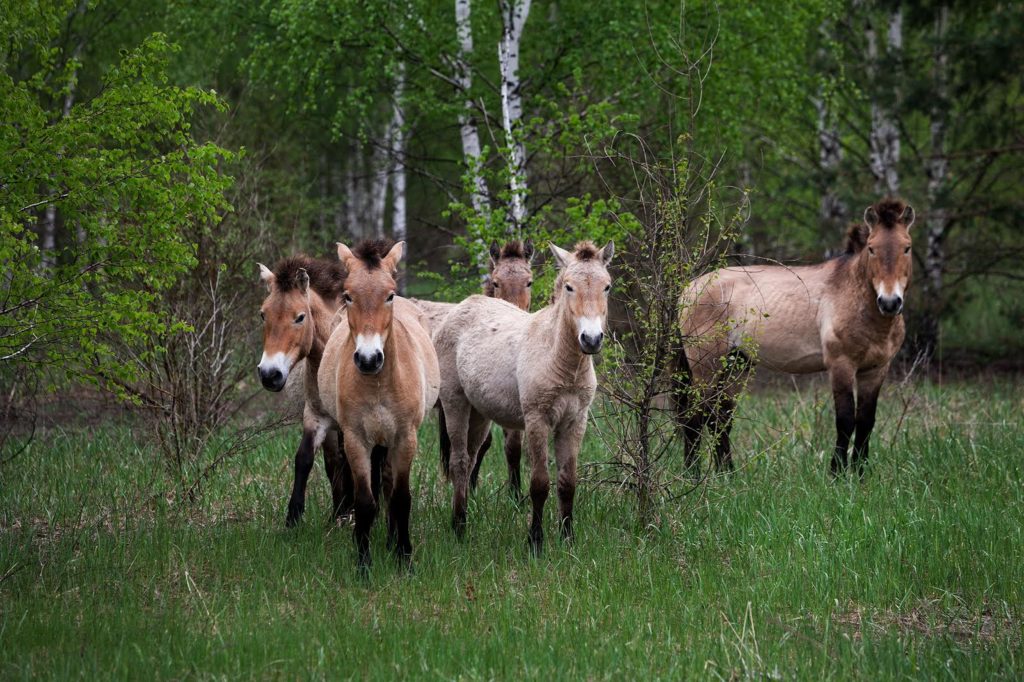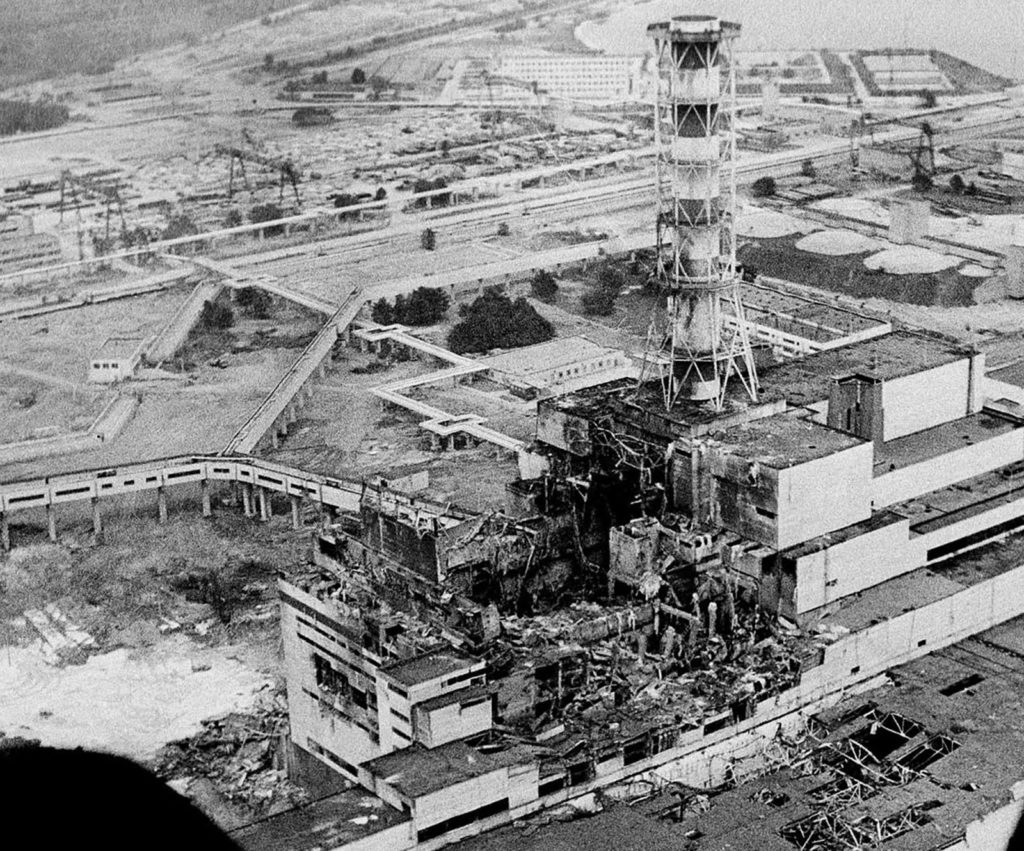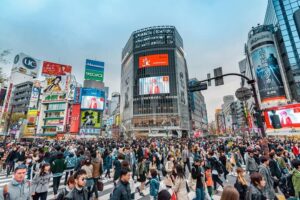“People are trapped -in history and history is trapped in them.” – James Baldwin
Throughout history, we have seen the destructive effects of warfare and its lasting impact on the world. Yet, we often overlook the magnitude of the destruction and we soon realize that all the horrific images we see in our history books are just an illusion of the real, lasting damage that was done to the Earth in the war’s aftermath. From the Bombing of Hiroshima and Nagasaki during WWII to the creation of the hydrogen bomb during the Cold War, the remnants of radiation and nuclear activity remain frozen in the Earth’s surface. But global warming is now unleashing it.

An international team of scientists recently conducted a study where they discovered the deep stores of radiation present in the Earth yet currently frozen in ice. They studied over 17 locations across the world, such as the Swiss Alps, Antarctica, British Columbia, and the Caucasus mountains, and they looked specifically for human-made radiation. They found over 10 times as high levels of radiation in such locations in comparison to anywhere on the planet. Caroline Clason, a professor at the University of Plymouth specializes in physical geography and she claimed that “they are some of the highest levels you see in the environment outside of nuclear exclusion zones.”

When human-made radiation is exposed to an environment, it can very quickly dissipate into the atmosphere. Elements like radioactive cesium have been known to dissipate into the atmosphere and render people extremely ill. In the instance of the Chernobyl incident in 1986, clouds of cesium traveled across Europe but ultimately became frozen in the settling ice, as there were rainstorms around the same time as when the nuclear power plant at Chernobyl exploded. Clason claims that “radioactive particles are very light so when they are taken up into the atmosphere they can be transported a very long way. When it falls as rain, like after Chernobyl, it washes away and it’s sort of a one-off event. But as snow, it stays in the ice for decades and as it melts in response to the climate it’s then washed downstream.” Instances like Chernobyl are what create these hidden stores of deadly radioactive materials and global warming is unleashing the radiation once more.

Many animals, such as the Przewalski’s horse, went nearly extinct due to the release of radiation during Chernobyl. The surrounding Pripyat River was infected as well, wiping out many species of fish as well. Years later, fortunately, biologists have taken the initiative to bring back species into the area and life is thriving there once more. But with numerous pockets of radiation hidden in the Earth, frozen — for now — these beautiful creatures and many around the world may not remain in large numbers on the planet for long. In order to prevent this from happening, we must make sure to do as much as we can to prevent global warming from worsening. By preventing ice fissures around the world from melting, we can ensure that lives aren’t harmed and the radioactive materials are extracted properly and safely afterward.
Additionally, scientists are studying the Anthropocene, which is a concept surrounding how humans have permanently changed the core of Earth’s functions and ecosystems. By studying the radiation frozen in places around the world, scientists will be able to understand these changes and devise ways to improve the conditions and hopefully set ourselves on the path towards restoring the Earth back to the way it was.
Sources:
Wendle, J. (2017, April 25). Animals Rule Chernobyl Three Decades After Nuclear Disaster. Retrieved from https://www.nationalgeographic.com/news/2016/04/060418-chernobyl-wildlife-thirty-year-anniversary-science/
Grossman, D. (2019, April 15). Climate Change Could Unleash Long-Frozen Radiation. Retrieved from https://www.popularmechanics.com/science/environment/a27150094/climate-change-could-unleash-long-frozen-radiation/
Sources for images (in order of image appearance):
Images 1: Arctic ice melting to show radioactive material underneath https://www.acclimatise.uk.com/2017/05/12/arctic-ice-melt-uncovering-radioactive-waste-sewage-and-anthrax/
Image 2: Chernobyl Explosion https://www.usatoday.com/story/opinion/2019/06/17/hbo-chernobyl-tragic-nuclear-power-safe-clean-vital-column/1409096001/



